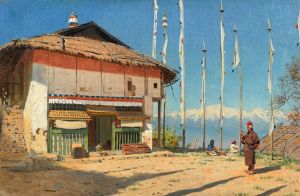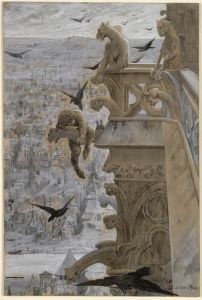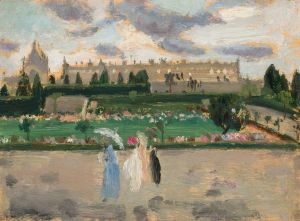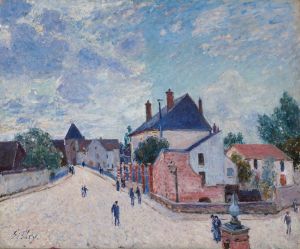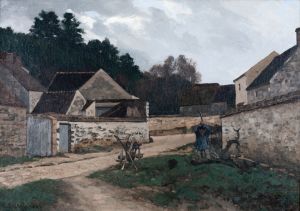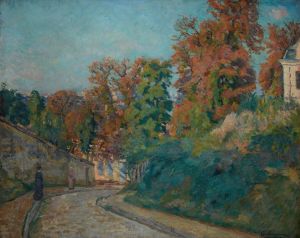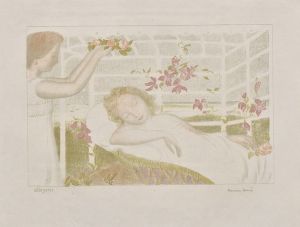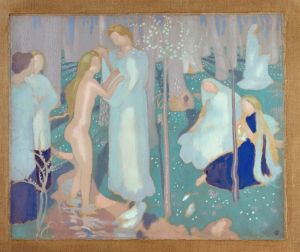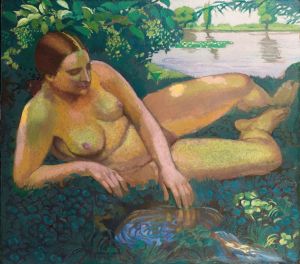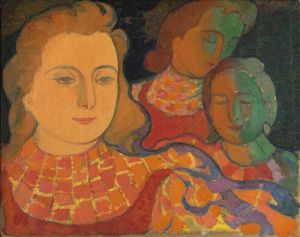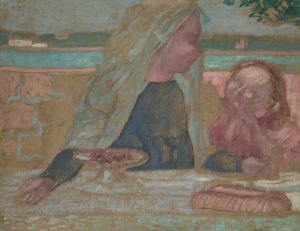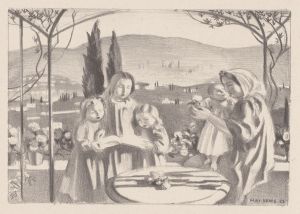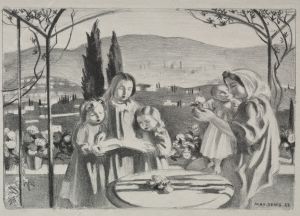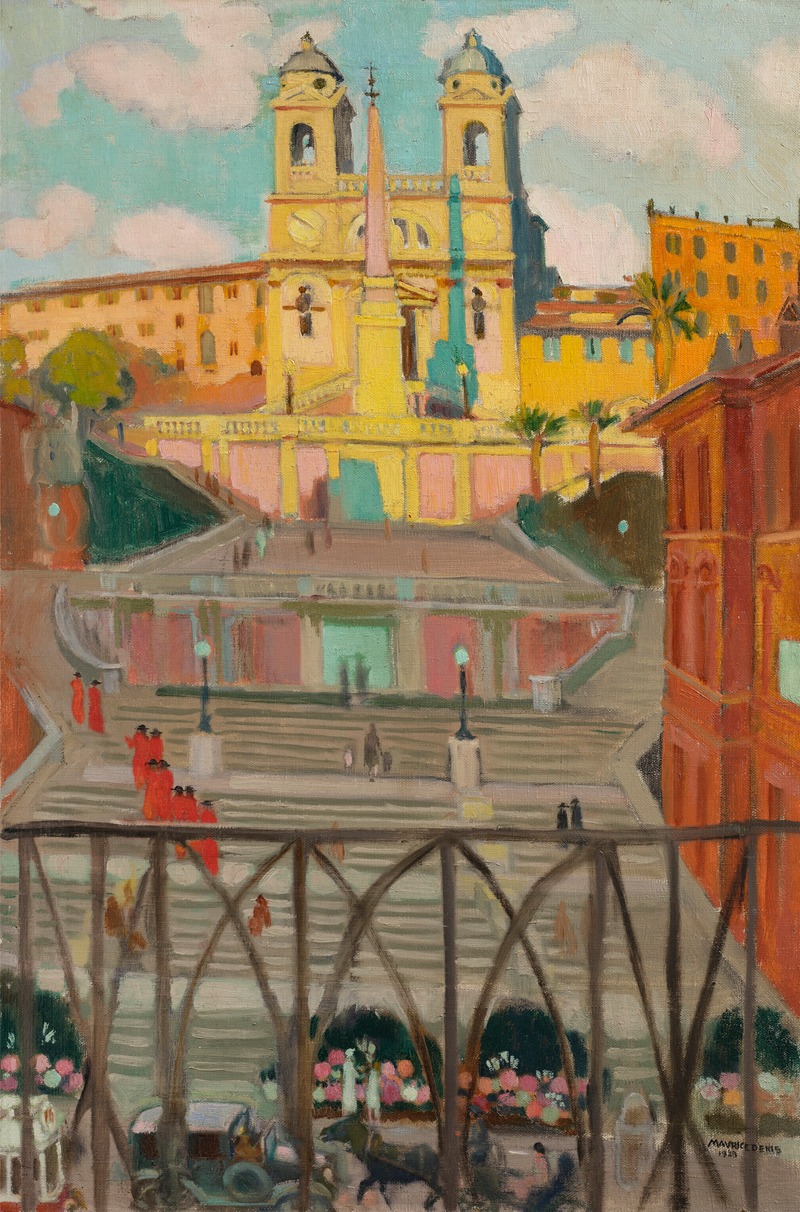
L’Escalier d’Espagne et la Trinité-des-Monts, le soir
A hand-painted replica of Maurice Denis’s masterpiece L’Escalier d’Espagne et la Trinité-des-Monts, le soir, meticulously crafted by professional artists to capture the true essence of the original. Each piece is created with museum-quality canvas and rare mineral pigments, carefully painted by experienced artists with delicate brushstrokes and rich, layered colors to perfectly recreate the texture of the original artwork. Unlike machine-printed reproductions, this hand-painted version brings the painting to life, infused with the artist’s emotions and skill in every stroke. Whether for personal collection or home decoration, it instantly elevates the artistic atmosphere of any space.
L’Escalier d’Espagne et la Trinité-des-Monts, le soir (The Spanish Steps and the Trinità dei Monti, Evening) is a painting by the French artist Maurice Denis, created in 1921. Maurice Denis (1870-1943) was a prominent figure in the Symbolist and Nabi movements, known for his contributions to both painting and art theory. His works often reflect his deep interest in religious themes, classical subjects, and the integration of decorative elements.
This particular painting captures the iconic Spanish Steps (Scalinata di Trinità dei Monti) in Rome, Italy, during the evening. The Spanish Steps are a famous set of steps that connect the Piazza di Spagna at the base with the Trinità dei Monti church at the top. This location has been a popular subject for artists due to its architectural beauty and historical significance.
Denis’ depiction of the Spanish Steps in the evening light showcases his characteristic style, which blends elements of Symbolism and Post-Impressionism. The painting is noted for its use of soft, muted colors and a harmonious composition that emphasizes the serene and contemplative atmosphere of the scene. The evening setting allows Denis to play with the effects of light and shadow, creating a tranquil and almost mystical ambiance.
In the painting, the steps are bathed in a gentle, diffused light that suggests the transition from day to night. The Trinità dei Monti church, with its twin bell towers, is prominently featured at the top of the steps, illuminated by the fading daylight. The foreground includes a few figures, possibly locals or tourists, who add a sense of scale and human presence to the scene. The overall composition is balanced and carefully structured, reflecting Denis’ interest in classical harmony and order.
Maurice Denis was deeply influenced by his travels to Italy, and this painting is a testament to his admiration for Italian architecture and landscapes. His ability to capture the essence of a place through his unique artistic vision is evident in L’Escalier d’Espagne et la Trinité-des-Monts, le soir. The painting not only serves as a visual record of a specific location but also conveys a sense of timeless beauty and spiritual reflection.
This work is part of Denis’ broader oeuvre, which includes religious murals, decorative panels, and numerous other paintings that explore similar themes of light, spirituality, and the human experience. L’Escalier d’Espagne et la Trinité-des-Monts, le soir remains an important example of his mature style and his ability to infuse everyday scenes with a sense of poetic and symbolic meaning.
The painting is held in a private collection, and its exact provenance and exhibition history are not widely documented. However, it continues to be appreciated by art historians and enthusiasts for its aesthetic qualities and its place within Maurice Denis’ body of work.





